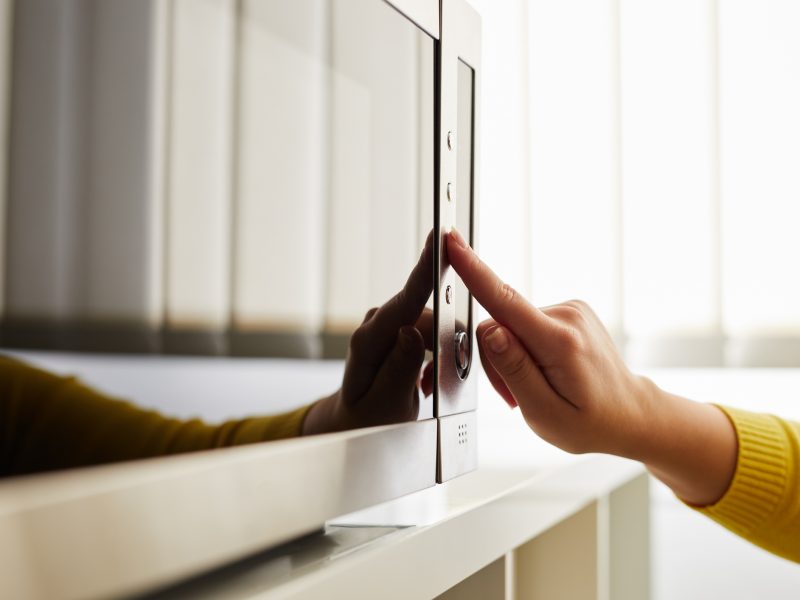Posted: 15-11-2018
Author: Kelvin Hussey
Wi-Fi is a wonderful invention, allowing us to browse the web, watch videos and upload new pictures in any part of the home without the need for cables.
However, not all houses are built the same and you may find that some parts of the home turn into connections drought zones. With the help of our in house expert Shabir, we’ve collected some key tips to help you get the most out of your residential Wi-Fi.
Selecting a router
The first step to getting the most out of your Wi-Fi is to make sure you have a suitable router. Most internet providers will give you a default router on sign up, however, it may not be optimized to suit your needs. Over time, technology also advances, meaning that the equipment you received two years ago will not perform as well as current models on the market.

For optimal performance, you may want to invest in your own router, especially if you require faster speeds for streaming or gaming. You can find them at most technology and electronic stores. It is important to check whether you will need a router or a modem/router combo. Most people in New Zealand you will have a modem/router combo.
Setting up your router
The first thing to do if you are having Wi-Fi speed or coverage issue in your house is to check your routers Wi-Fi settings. The router has its own capability, for example a 2.4GHz router can support download speed up to 300mbps and cover an area of 300 meters, provided there are no obstacles in the way.
There are three major settings that can help you get the most from your Wi-Fi:
- Band: Usually, this can be set to 2.4GHz or 5GHz. If available, set the band to 5GHz.
- Bandwidth: Turn this to the maximum setting. Depending on the router you have, this will be 20MHz or 40MHz or 80MHz.
- Channels: Other devices may be transmitting on the same channel as your router, causing signals to overlap. To counteract this, test the different channels on your modem to see which one yields the best results.
Location, Location, Location
Outside of the router settings, most issues with slow Wi-Fi come down to the location of router. If it is near a microwave, fridge, mirror, radio, cordless phones or any magnetic or electrical device, your Wi-Fi signals will not be as effective due to interference.

We recommend positioning your router away from interfering devices where it can transmit clear signals throughout the house. For example, if your router sits directly next to a cordless phone in your lounge, consider propping it up on a table or moving it into a corner.
Other issues may come down to the house itself. For example, the number of walls and the thickness of these walls may cause the signal to drop. If the signals from your router have to pass through three insulated wall and a floor to get to your living room, they will be weaker and slower.
Houses can have multiple jack points and you may find that your router works better in a central location, for example in a hallway or central living area. Also consider the rooms which you will be using the internet the most. If you like to stream TV tucked up in bed, moving your router to a jack point closer to the sleeping quarters will give you better signals and therefore better speeds.
Note: If you have a device like a family computer or smart television, it is best to set up the router close to the device and connect directly with an Ethernet cable to get the best speeds. You will always experience some drops in speed on Wi-Fi compared to directly linking to the router.
A helping hand
If all above fails, you can try a Wi-Fi repeater or booster. A repeater is essentially acts as a second modem, taking the signal from your existing modem and transmitting again in a new range (hence the name) as a separate network. This is ideal if you have a larger or multi-storied house with many obstacles.

A booster (sometime known as an extender) will extend the range of the Wi-Fi from the base router. If you have a more open plan house, this piece of equipment can help extend the range or bandwidth of your current network, allowing to reach into those corners where the Wi-Fi is starting to falter.
No matter which option you choose, it is important to get an add-on that is compatible with your router. Most electronic retailers will be able to advise if you bring in the correct specifications of your modem. Take in a picture of the label to advise them.
With a bit of configuration and rearranging, you can enjoy a strong Wi-Fi connection across your home. To help ensure every device in your house can enjoy good speeds, consider a fibre broadband connection to support multiple users at once. You can view our fibre broadband plans here.
